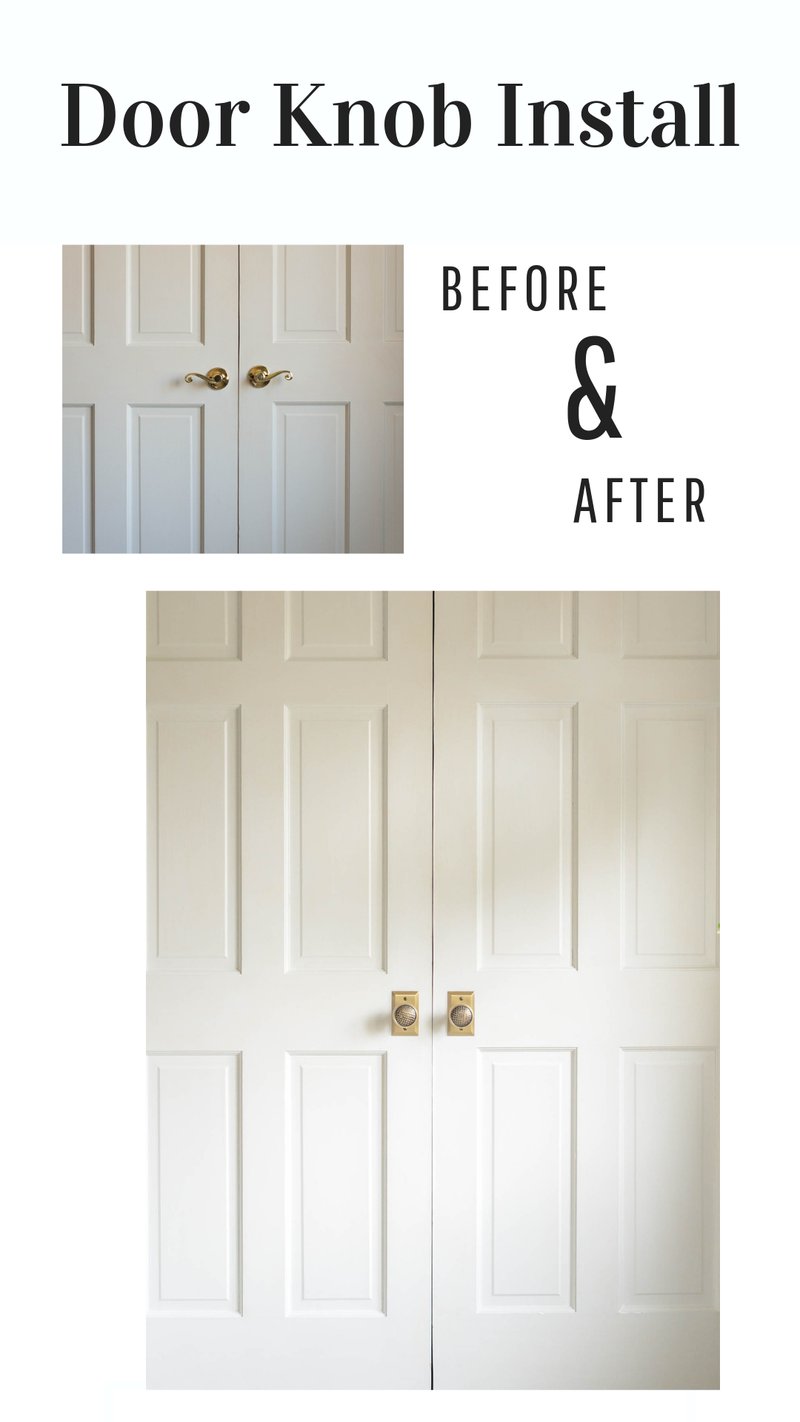
A dummy door knob isn’t used for actually locking a door; it’s more like a decorative piece that completes the look of the door. Picture this: you open your pantry, and instead of a bare knob or an awkward handle, there’s a sleek, stylish dummy knob. It’s not just about the aesthetic; it also makes it easier to pull open doors, especially if they’re sliding or pushed against a wall. Honestly, it’s a quick upgrade that can elevate the entire feel of your space.
In this guide, we’ll walk through how to install a dummy door knob, explore different types available, and discuss some troubleshooting tips along the way. So, whether you’re a DIY novice or just looking to spruce up your closet, I’ve got you covered. Let’s dive in!
What is a Dummy Door Knob?
Before we get into installation, let’s clarify what a dummy door knob actually is. Unlike traditional door knobs that you twist to open and close a door, a dummy knob is purely decorative. It doesn’t have a locking mechanism or functional latch. You might find them on doors that don’t need a lock, like closet or pantry doors.
Here’s the thing: installing a dummy door knob isn’t just about looks. It also serves practical purposes. For instance, if you have a door that swings open and closed frequently, a dummy knob can help when you need to pull the door. It gives you something to grip onto, making it easier to manage. Also, if you’re trying to match existing hardware in your home, these knobs come in various styles and finishes—making it simple to find one that fits your décor.
In short, a dummy door knob adds both style and functionality to your space. If you think your closet or pantry could use a little upgrade, keep reading!
Choosing the Right Dummy Door Knob
So, before you rush off to buy a dummy door knob, it’s essential to know what to look for. Here are some factors to consider:
- Style: Do you prefer a modern look or something more traditional? Dummy knobs come in various designs—from sleek metal finishes to ornate styles that match vintage furniture.
- Material: Common materials include brass, stainless steel, and bronze. Consider durability; brass tends to withstand wear and tear better than some other materials.
- Size: Make sure the knob you choose fits well with your door. Some knobs are larger and more suited for bigger doors, while others are daintier and perfect for smaller spaces.
You might be wondering how to ensure the knob fits your door. Most dummy knobs come with a standard size, meaning they’ll work on most doors. However, it’s always smart to double-check the specs before purchasing.
Let’s say you love a certain finish but it’s a bit too ornate for your minimalist style. You can often find similar designs that offer a more streamlined appearance without sacrificing the finish you adore.
Tools You’ll Need for Installation
To install your dummy door knob, you won’t need a toolbox full of complicated gadgets. Here’s a straightforward list of tools that will make the process seamless:
- Screwdriver: A flathead or Phillips screwdriver will usually do the trick. Make sure it’s the right size to fit the screws for your knob.
- Drill: If you need to create a hole for the knob, a drill might be necessary. But most dummy door knobs are designed to attach without drilling.
- Measuring Tape: To ensure that your knob is placed in the right spot on the door.
- Level: Not essential, but handy if you want to make sure the knob is perfectly aligned!
Gather these tools beforehand and you’ll be ready to tackle your installation like a pro.
Step-by-Step Installation Process
Now for the fun part—installation! Here’s how to put your dummy door knob on your pantry or closet door in just a few easy steps:
Step 1: Prepare the Door
Start by deciding where you want your knob to go. Typically, it’s placed about 36 inches from the floor. Use your measuring tape to find that spot, and mark it lightly with a pencil.
Step 2: Attach the Mounting Plate
Most dummy door knobs come with a mounting plate. Simply align it with your mark and secure it using the screws provided. If you don’t have pre-drilled holes, this is where your drill comes in handy.
Step 3: Install the Dummy Knob
Once the mounting plate is secure, slide the dummy knob over it. It usually just snaps or screws into place. Ensure it’s tight but don’t overdo it—nobody likes a stubborn knob!
Step 4: Test It Out
Now, give it a good pull! Make sure it feels sturdy and operates smoothly. If it wobbles or feels loose, you might need to tighten it up a bit more.
Honestly, that’s it! You’ve successfully installed a dummy door knob. Isn’t it nice to tackle a home improvement project without a day’s worth of work?
Troubleshooting Common Issues
Sometimes, things don’t go as smoothly as planned. Here are a few common issues you might encounter when installing a dummy door knob, along with solutions to get you back on track:
- Knob is loose: If your knob feels wobbly, check to see if the screws are tightened properly. A quick turn should do the trick!
- Knob won’t fit: Double-check the measurements of both your door and the knob. You might need a different size or style if it’s a mismatch.
- Mounting plate misalignment: If the knob isn’t sitting straight, double-check the position of the mounting plate. You may need to re-adjust it slightly.
Don’t let these hiccups discourage you! Home improvement is all about trial and error.
Maintenance Tips for Your Dummy Door Knob
Once you’ve installed your dummy door knob, you’ll want to keep it looking good and functioning well. Here are some maintenance tips:
- Clean Regularly: Dust and grime can accumulate. Use a soft cloth to wipe it down periodically.
- Check for Loose Screws: Every few months, give your knob a quick check to ensure it’s still tight and secure.
- Avoid Excessive Force: Dummy knobs aren’t meant to be pulled too hard. Treat them gently to ensure longevity.
Taking care of your dummy door knob will keep it looking fresh and functional for years to come.
Installing a dummy door knob on your pantry or closet door is a simple project that can have a big impact. Not only does it enhance the look of your door, but it also provides a practical solution for everyday use. Whether you’re looking to add a touch of style or need something functional for easy access, a dummy knob is a solid choice.
Remember, the install process is straightforward—just gather your tools, follow the steps, and troubleshoot any minor issues along the way. You’ll have a stylish, functional door in no time. Embrace the DIY spirit and have fun with it!
